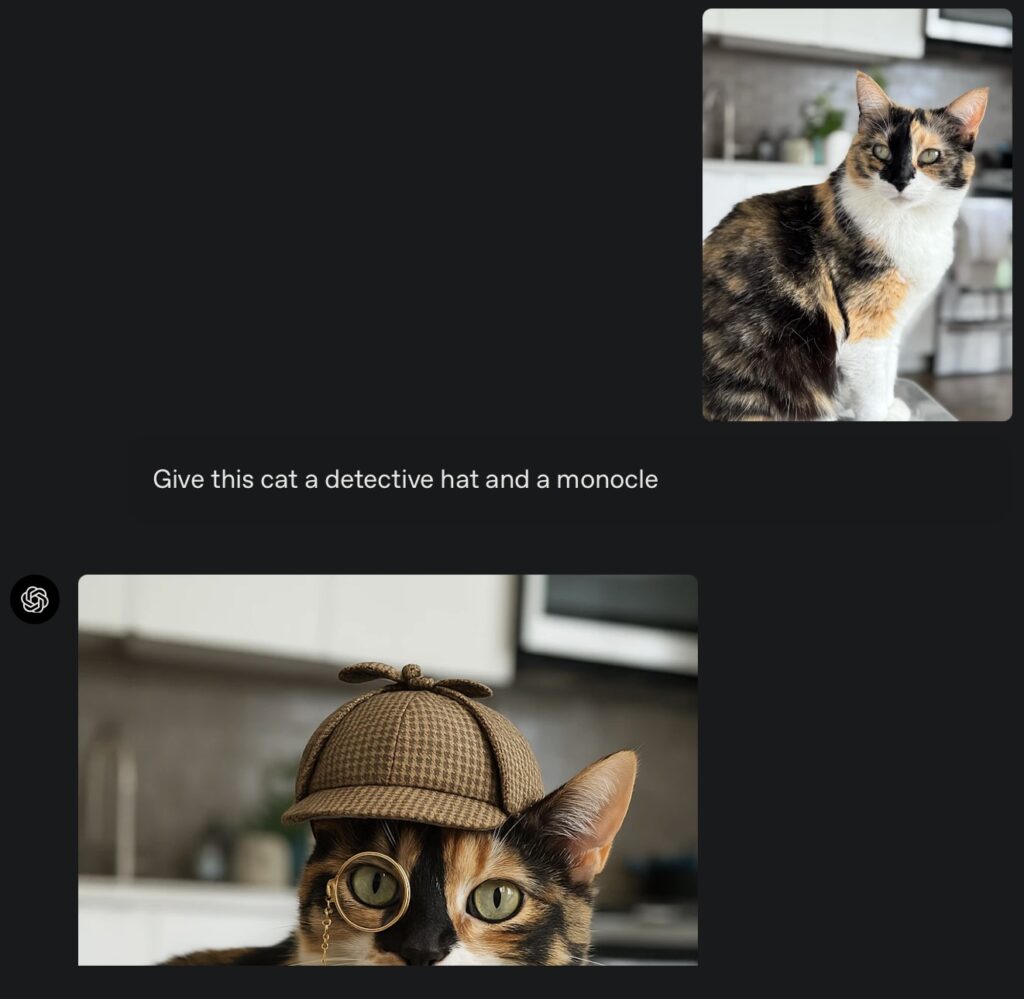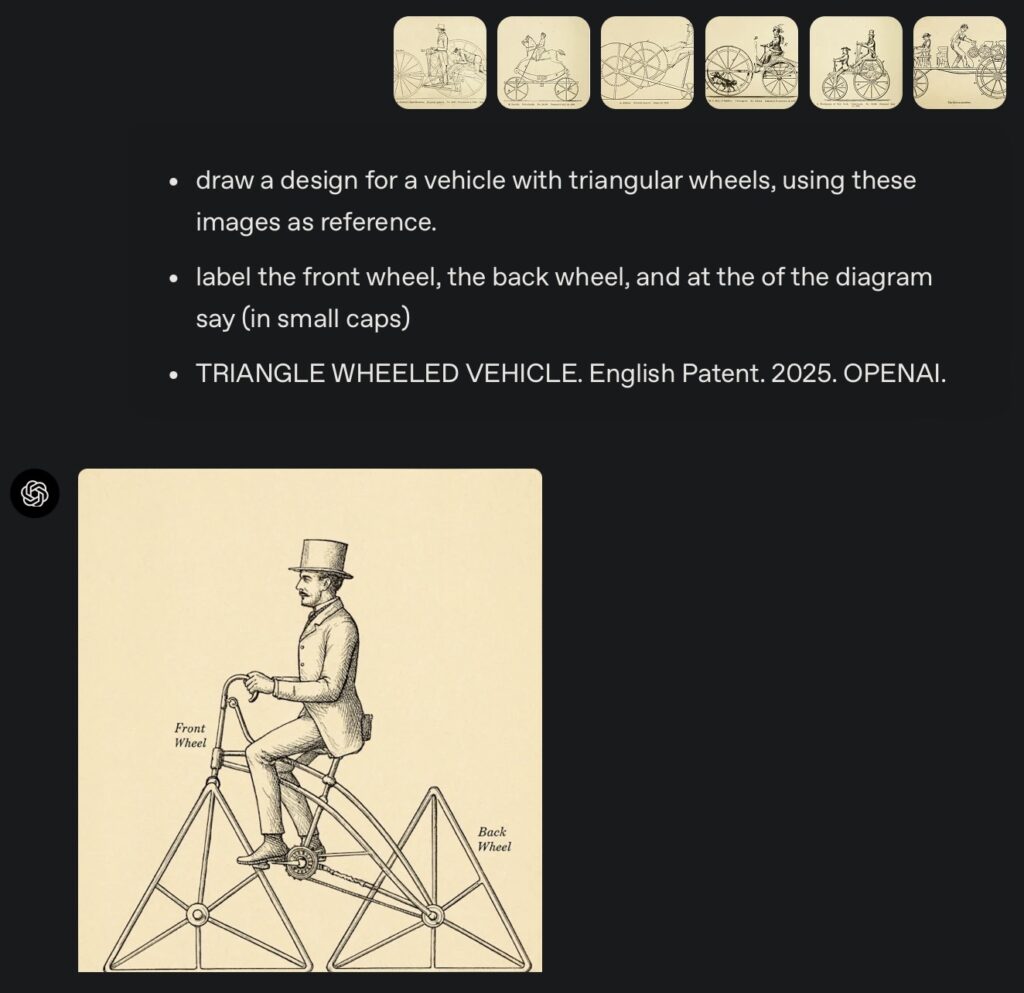Unlocking the Power of Multimodal Image Generation with GPT-4o
- GPT-4o’s image generation capabilities transform visual communication by accurately rendering text and following detailed prompts.
- The model’s native multimodal approach enables context-aware, consistent, and useful image generation.
- While powerful, GPT-4o’s image generation has limitations that OpenAI aims to address through future improvements.

In the realm of artificial intelligence, image generation has long been a fascinating frontier. From the earliest cave paintings to modern infographics, humans have harnessed the power of visual imagery to communicate, persuade, and analyze. Today, generative models can create stunning, surreal scenes, but they often struggle with the practical, workhorse imagery that people rely on to share and create information. Enter GPT-4o, OpenAI‘s latest breakthrough in image generation, which promises to revolutionize visual communication.
At the heart of GPT-4o’s image generation capabilities lies its native multimodal approach. By directly modeling the joint distribution of text, pixels, and sound using a single, large autoregressive transformer, the model can leverage its vast world knowledge to augment image generation. This approach enables GPT-4o to generate images that are not only beautiful but also useful, with next-level text rendering, native in-context learning, and a unified post-training stack.
One of the key strengths of GPT-4o’s image generation is its ability to accurately render text within images. Whether it’s a logo, a diagram, or a simple label, the model can precisely follow prompts to create images that convey precise meaning. This capability is further enhanced by 4o’s inherent knowledge base and chat context, allowing it to transform uploaded images or use them as visual inspiration. As a result, users can create exactly the image they envision, making visual communication more effective and efficient.

Moreover, GPT-4o’s image generation is context-aware and consistent. By training on the joint distribution of online images and text, the model learns not only how images relate to language but also how they relate to each other. This visual fluency, combined with aggressive post-training, enables GPT-4o to generate images that are useful, consistent, and context-aware. For example, when designing a video game character, the model can maintain coherence across multiple iterations as the user refines and experiments with the character’s appearance.
Another notable feature of GPT-4o’s image generation is its ability to follow detailed prompts with attention to detail. While other systems struggle with handling around 5-8 objects, GPT-4o can manage up to 10-20 different objects, with a tighter binding of objects to their traits and relations. This level of control allows users to create complex, multi-object scenes with precision and accuracy.
Furthermore, GPT-4o’s native image generation enables the model to link its knowledge between text and images, resulting in a more intelligent and efficient system. By training on images reflecting a vast variety of styles, the model can create or transform images convincingly, from photorealistic to artistic renditions.
However, like any cutting-edge technology, GPT-4o’s image generation is not without its limitations. OpenAI acknowledges multiple areas for improvement, which the company plans to address through model enhancements following the initial launch. Despite these limitations, the potential of GPT-4o’s image generation to transform visual communication is undeniable.
In conclusion, GPT-4o’s image generation capabilities mark a significant milestone in the evolution of artificial intelligence. By unlocking the power of multimodal image generation, OpenAI has created a tool that can revolutionize the way we communicate, share, and create information through visuals. As the technology continues to improve and evolve, we can expect to see even more exciting applications of GPT-4o’s image generation in the future.
